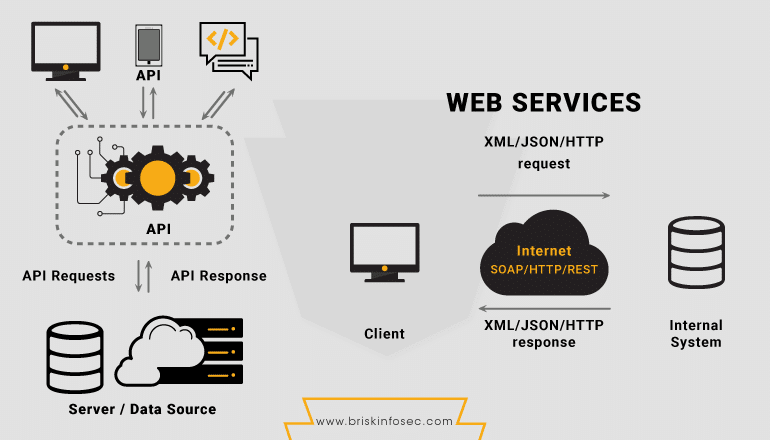What is the Average Profit Margin for a Pizza Shop?
Introduction
Running a pizza shop can be a satisfying and delicious endeavour, but like with any business, understanding the financial aspects is critical to success. Profit margin is an important parameter for determining a pizza shop’s financial health. In this post, we will look at the notion of profit margin, how it is calculated, and the factors that determine a pizza shop’s average profit margin.
Understanding Profit Margin
Profit margin is a key financial indicator that determines the percentage of sales that transforms into profit and is used to assess a company’s profitability. Profit margin in the context of a pizza restaurant reflects the fraction of sales remaining after deducting all expenses associated to creating and selling pizzas.
Calculating Profit Margin
We use the following formula to calculate a pizza shop’s profit margin:
Profit Margin = (Net Profit / Total Revenue) multiplied by 100.

Net profit is the amount of revenue left over after deducting all expenses such as ingredients, labor, rent, utilities, marketing, and other operational costs. Total income, on the other hand, is the sum of the pizza shop’s sales during a given time period.
Factors Affecting Profit Margin for Pizza Shops
Several factors determine a pizza shop’s typical profit margin. Understanding and managing these characteristics is critical for the long-term success of the shop.
1. Cost of Ingredients
Ingredient costs are a crucial variable that has a direct impact on profit margins. High-quality ingredients may attract more customers, but they are more expensive, thereby lowering total profitability. Maintaining a healthy profit margin requires striking the correct balance between quality and cost.
2. Labor Costs
Another important consideration is labor expenses, as pizza restaurants require experienced workers to produce and serve pizzas. It can be difficult to balance the number of staff and their salary with the amount of orders. Staff management that is effective can help to reduce labor expenditures while maintaining service quality. https://citibuildconstruction.com.au/housing-project-management/
3. Pricing Strategy
The pricing approach used by a pizza restaurant has a considerable impact on the profit margin. Pricing too low may attract customers, but it may result in reduced profitability. In contrast, overpriced pizzas may turn off potential customers. It is critical to strike a pricing balance that represents the quality of the product while also meeting client expectations.

4. Competition
Profit margins may be impacted by the competitive landscape in the area where the pizza restaurant is located. High competition may result in price wars and razor-thin profit margins, whereas low competition may provide chances for higher prices and increased profitability.
5. Location
The profit margin of the pizza shop is also affected by its location. Shops in high-traffic areas or near residential areas are more likely to draw clients, whereas distant places may struggle to create enough money.
6. Operational Efficiency
A well-run pizza company can help cut costs while increasing profit margins. Streamlining operations, effectively managing inventory, and minimizing waste can all contribute to increased profitability.
7. Marketing and Branding
Effective marketing and branding strategies can increase the exposure of a pizza company and attract more consumers. Investing in marketing methods that appeal to the target audience might result in greater sales and profit margins.

The Average Profit Margin for Pizza Shops
While profit margins might vary greatly depending on the aforementioned criteria, industry data can provide insight into the average profit margin for pizza shops. A well-managed pizza shop should expect a profit margin of 7% to 15% on average.
Profit margins will vary depending on the size and scale of the pizza shop, the local market conditions, and the competitive environment. When compared to smaller independent pizzerias, larger chains and franchises may benefit from economies of scale, resulting in better profit margins. https://diversewebsitedesign.com.au/
Conclusion
Profit margin is an important financial indicator that provides useful insights into the overall health and profitability of a pizza company. Understanding the factors that influence profit margins and implementing appropriate management practices can assist pizza restaurant owners in maintaining healthy financials and long-term profitability. Pizza business managers may maximize profit margins while pleasing their customers with tasty pizzas by balancing quality, prices, pricing, and operational efficiency.






